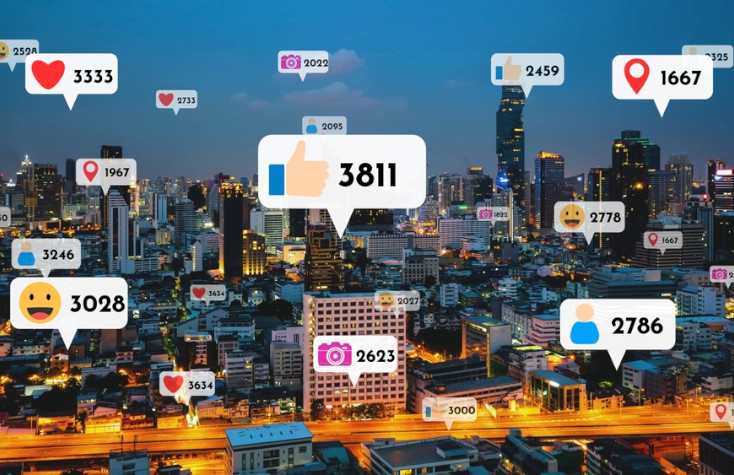
The rise of social media and digital connectivity in our daily lives has necessitated brands to establish a strong online presence, often relying on image-based social media platforms to engage with customers and create digital communities. While these communities can foster a sense of belonging and brand loyalty, social media’s reliance on user-generated content (UGC) limits brands’ ability to control the nature and quality of the content associated with them.
Brand safety is persistently a hot topic for advertisers, with social media platforms increasingly at the centre of the conversation.
Meta, for example, has recently released brand safety controls for Facebook and Instagram Reels, while Elon Musk’s agreement with an antisemitic post on X, followed by the news that ads on the platform are being placed next to neo-Nazi content, has forced brands like IBM, Apple, and Disney to halt ad spend.
If advertisers are worried about brand safety in a somewhat chaotic social media advertising space, then asking questions about the suitability of these platforms should be a priority. But how can brands navigate this potential minefield while maintaining strong relationships with consumers?
Like, Comment, Share
UGC, as opposed to influencer or a brand’s own content, has many benefits to advertisers. By tapping into the authenticity and relatability of content created by real consumers, brands can significantly enhance their image and trustworthiness.
UGC provides a unique opportunity to connect with the audience on a personal level, fostering a sense of community and loyalty. It not only increases searchability and promotes organic brand growth but also serves as a powerful tool for authentic storytelling.
Brands leveraging UGC effectively showcase a commitment to transparency and customer appreciation, turning their consumers into advocates that contribute to the brand narrative.
Moreover, consumers themselves want to see real customers sharing their experiences with a brand — 80% of consumers prefer seeing photos of real customers over stock photos. In essence, UGC isn’t just content; it’s an important part of dynamic strategies that transform customers into the genuine stars of a brand’s success story.
However, brands must tread carefully to avoid misinterpretation and negative content that could harm their reputation. Maintaining control over content quality and addressing legal and copyright issues are constant challenges.
Brands may also face the dilemma of overcrowding social media feeds, risking the saturation of their audience, while relinquishing control to consumers can also create unintended risks to brand messaging and reputation.
Combine this with security concerns, such as image tampering, which can lead to fake news and misinformation, and the need for brands to implement protective measures becomes abundantly clear.
Making Socials Safe
The ongoing global discussion on online safety has become multifaceted and farther reaching than just social media.
The introduction of the UK government-led Online Safety Bill is anticipated to bring about changes, most notably ensuring that online platforms, especially those in the social media space, amplify their content review processes.
Brands bear a significant responsibility to comprehend and adapt to these new and evolving regulations.
While the legislation places direct legal responsibility on social media platforms for the content they host, brands must proactively understand the scope and implications to ensure compliance, especially as it is often brands’ budgets that are the real driver of decision-making for these businesses.
Brands should actively contribute to the creation of safe and responsible online environments for consumers by investing in thorough assessments, updating terms and conditions, and establishing governance processes to align with the regulations.
So What’s Next?
While social media platforms rely on users being able to share content freely and easily, and the creation of online, image-based communities may seem like a harmless marketing strategy, brands must be cognizant of the unintended consequences that can put their customers at risk.
From privacy concerns to the spread of misinformation, brands need to approach online community-building with a balanced perspective.
Brands can begin by establishing clear guidelines and implementing robust moderation systems that include human moderators who can promptly identify inappropriate content in real-time. Developing a comprehensive crisis management plan and robust systems to align UGC with brand values will help to address negative content swiftly.
Meanwhile, strategic content curation prevents overwhelming social media feeds, while utilising technology such as image streaming safeguards against image theft and tampering. By incorporating these protective measures, brands can harness the power of UGC while minimising potential risks.
Now is the time for brands and social media platforms, in consultation with the government, to put proper safeguards in place to prevent consumer content from being used for harm. The brands that get this right will be able to build trust on their platforms, protecting them from financial penalties and reputational damage.





